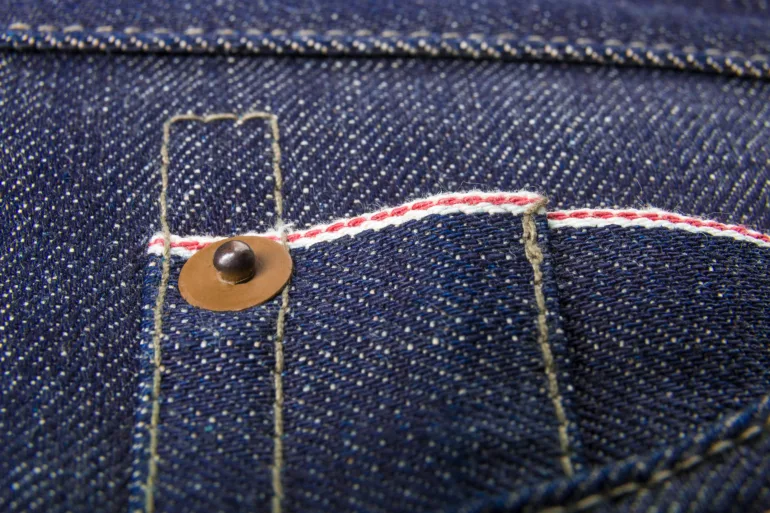What are the little metal studs on your jeans for? Are they just a nice detail or do they also have a practical purpose? Why are all jeans models equipped with them?
Metal studs, found on almost all jeans, are an often overlooked detail, but they are important functional role, which goes beyond mere aesthetics. These small, discreet elements are essential to the durability and longevity of jeans, although many wearers may not know their true purpose.
The history of metal studs dates back to the second half of the 19th century. More precisely in 1873, when a tailor named Jakob Davis, in collaboration with Levi Strauss, then the largest producer of material, patented this innovation. The idea of metal studs was born from the need for more durable pants for workers who needed clothing that would withstand difficult conditions and intensive use in their work.
Jacob Davis was a tailor who made clothes for miners, farmers and workers. He soon realized that jeans most often tear at the seams around the pockets, where the material was subjected to the greatest stress. To solve this problem, he used small metal studs, which helped strengthen the seams and prevent the fabric from tearing.
This innovation proved so effective that Davis enlisted the help of Levi Strauss, to patent and commercialize his idea.

On May 20, 1873, Davis and Strauss received patent no. 139,121
A patent for the use of metal studs on work trousers, which marked the beginning of a new era in clothing production. These metal studs, also known as rivets, were placed at key points around the pockets where the greatest stress occurred. This significantly improved the durability of the jeans and extended their lifespan.
In addition to their functional role, metal studs have also become recognizable over time aesthetic element jeans. Many designers began to use them as part of the design, which contributed to the rugged and industrial look of jeans. However, their primary function is still to provide durability and resistance to clothing.
Today, the metal studs on jeans are still a key element that allows these pants to last for years without the seams around the pockets fraying or fraying. Although they are modern fabrics and sewing techniques have advanced, metal studs still play an important role in ensuring the long-lasting quality of jeans.
They are an excellent example of how a small change and improvement can lead to significant and lasting impacts on industry and cultural heritage.






